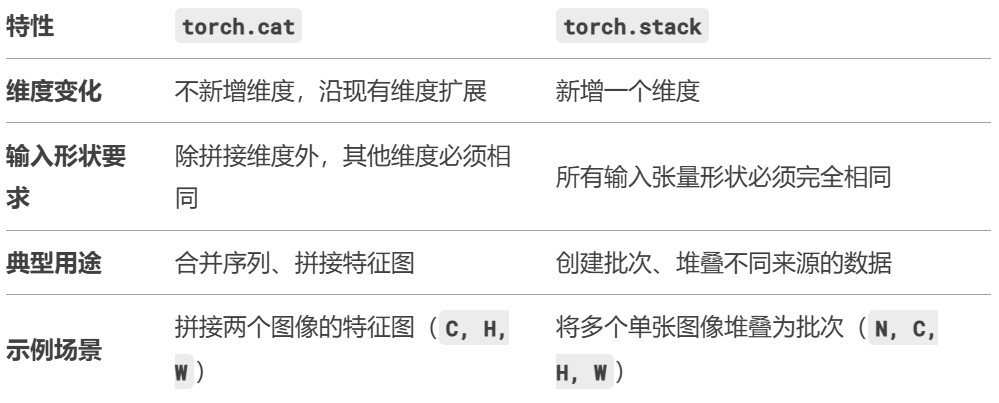从文件夹中随机选择一定数量的图像,然后对每个选定的图像进行一次随机的数据增强变换。
|
1 2 3 4 5 6 7 8 9 10 11 12 13 14 15 16 17 18 19 20 21 22 23 24 25 26 27 28 29 30 31 32 33 34 35 36 37 38 39 40 41 42 43 44 45 46 47 48 49 50 51 52 53 54 55 56 57 58 59 60 61 62 63 64 65 66 67 68 69 70 71 72 73 74 75 76 77 78 79 80 81 82 83 84 85 86 87 88 89 90 91 92 93 94 95 96 97 98 99 100 101 102 103 104 105 106 107 108 109 110 111 112 113 |
import os import random import cv2 import numpy as np from PIL import Image, ImageEnhance, ImageOps
# 定义各种数据增强方法 def random_rotate(image, angle_range=(-30, 30)): angle = random.uniform(angle_range[0], angle_range[1]) (h, w) = image.shape[:2] center = (w // 2, h // 2) M = cv2.getRotationMatrix2D(center, angle, 1.0) rotated = cv2.warpAffine(image, M, (w, h), borderMode=cv2.BORDER_REFLECT) return rotated
def random_translate(image, translate_range=(-50, 50)): tx = random.randint(translate_range[0], translate_range[1]) ty = random.randint(translate_range[0], translate_range[1]) (h, w) = image.shape[:2] M = np.float32([[1, 0, tx], [0, 1, ty]]) translated = cv2.warpAffine(image, M, (w, h), borderMode=cv2.BORDER_REFLECT) return translated
def random_flip(image): flip_code = random.choice([-1, 0, 1]) flipped = cv2.flip(image, flip_code) return flipped
def random_scale(image, scale_range=(0.8, 1.2)): scale = random.uniform(scale_range[0], scale_range[1]) (h, w) = image.shape[:2] new_dim = (int(w * scale), int(h * scale)) scaled = cv2.resize(image, new_dim, interpolation=cv2.INTER_LINEAR) return scaled
def random_crop(image, crop_size=(224, 224)): (h, w) = image.shape[:2] if crop_size[0] > h or crop_size[1] > w: # 当裁剪尺寸大于图像尺寸时,抛出异常或调整裁剪尺寸 raise ValueError("Crop size is larger than image size.") top = random.randint(0, h - crop_size[0]) left = random.randint(0, w - crop_size[1]) cropped = image[top:top+crop_size[0], left:left+crop_size[1]] return cropped
def random_color_jitter(image): pil_image = Image.fromarray(cv2.cvtColor(image, cv2.COLOR_BGR2RGB)) color_jitter = ImageEnhance.Color(pil_image).enhance(random.uniform(0.6, 1.4)) contrast_jitter = ImageEnhance.Contrast(color_jitter).enhance(random.uniform(0.5, 1.5)) brightness_jitter = ImageEnhance.Brightness(contrast_jitter).enhance(random.uniform(0.6, 1.4)) sharpness_jitter = ImageEnhance.Sharpness(brightness_jitter).enhance(random.uniform(0.6, 1.4)) jittered = cv2.cvtColor(np.array(sharpness_jitter), cv2.COLOR_RGB2BGR) return jittered
def random_add_noise(image): row, col, ch = image.shape mean = 0 var = 0.1 sigma = var ** 0.5 gauss = np.random.normal(mean, sigma, (row, col, ch)) gauss = gauss.reshape(row, col, ch) noisy = image + gauss return np.clip(noisy, 0, 255).astype(np.uint8)
# 数据增强主函数 def augment_random_images(src_folder, dst_folder, num_images_to_select, num_augmentations_per_image): if not os.path.exists(dst_folder): os.makedirs(dst_folder)
# 获取所有图像文件名 all_filenames = [f for f in os.listdir(src_folder) if f.lower().endswith(('.png', '.jpg', '.jpeg'))]
# 如果选择的图像数量大于总图像数量,则只处理全部图像 num_images_to_process = min(num_images_to_select, len(all_filenames))
# 随机选择图像 selected_filenames = random.sample(all_filenames, num_images_to_process)
# 创建一个增强方法列表 augmentation_methods = [ random_rotate, #random_translate, random_flip, random_scale, #random_crop, random_color_jitter, random_add_noise ]
for filename in selected_filenames: img_path = os.path.join(src_folder, filename) image = cv2.imread(img_path)
for i in range(num_augmentations_per_image): # 随机选择一种增强方法 augmentation_method = random.choice(augmentation_methods)
# 应用选中的增强方法 augmented_img = augmentation_method(image)
# 保存增强后的图像 base_name, ext = os.path.splitext(filename) save_path = os.path.join(dst_folder, f"{base_name}_aug_{i}{ext}") cv2.imwrite(save_path, augmented_img)
if __name__ == "__main__": src_folder = 'path/to/source/folder' # 替换为你的源文件夹路径 dst_folder = 'path/to/destination/folder' # 替换为你要保存增强图像的文件夹路径 num_images_to_select = 10 # 从源文件夹中随机选择的图像数量 num_augmentations_per_image = 5 # 每张图像生成的增强图像数量
augment_random_images(src_folder, dst_folder, num_images_to_select, num_augmentations_per_image) print(f"图像增强完成,增强后的图像已保存到 {dst_folder}") |
说明
- 随机选择图像:从源文件夹中随机选择num_images_to_select数量的图像。
- 随机选择一种增强方法:对于每张选定的图像,随机选择一种数据增强方法。
- 应用增强方法:对每张选定的图像应用所选的增强方法。
- 保存增强后的图像:将增强后的图像保存到目标文件夹中。
参数
•src_folder:源文件夹路径。
•dst_folder:目标文件夹路径。
•num_images_to_select:从源文件夹中随机选择的图像数量。
•num_augmentations_per_image:每张选定的图像生成的增强图像数量。
请确保将src_folder和dst_folder变量设置为您实际使用的文件夹路径,并根据需要调整num_images_to_select和num_augmentations_per_image的值。运行这段代码后,将得到从源文件夹中随机选择的图像,并对这些图像进行了随机的数据增强变换。

